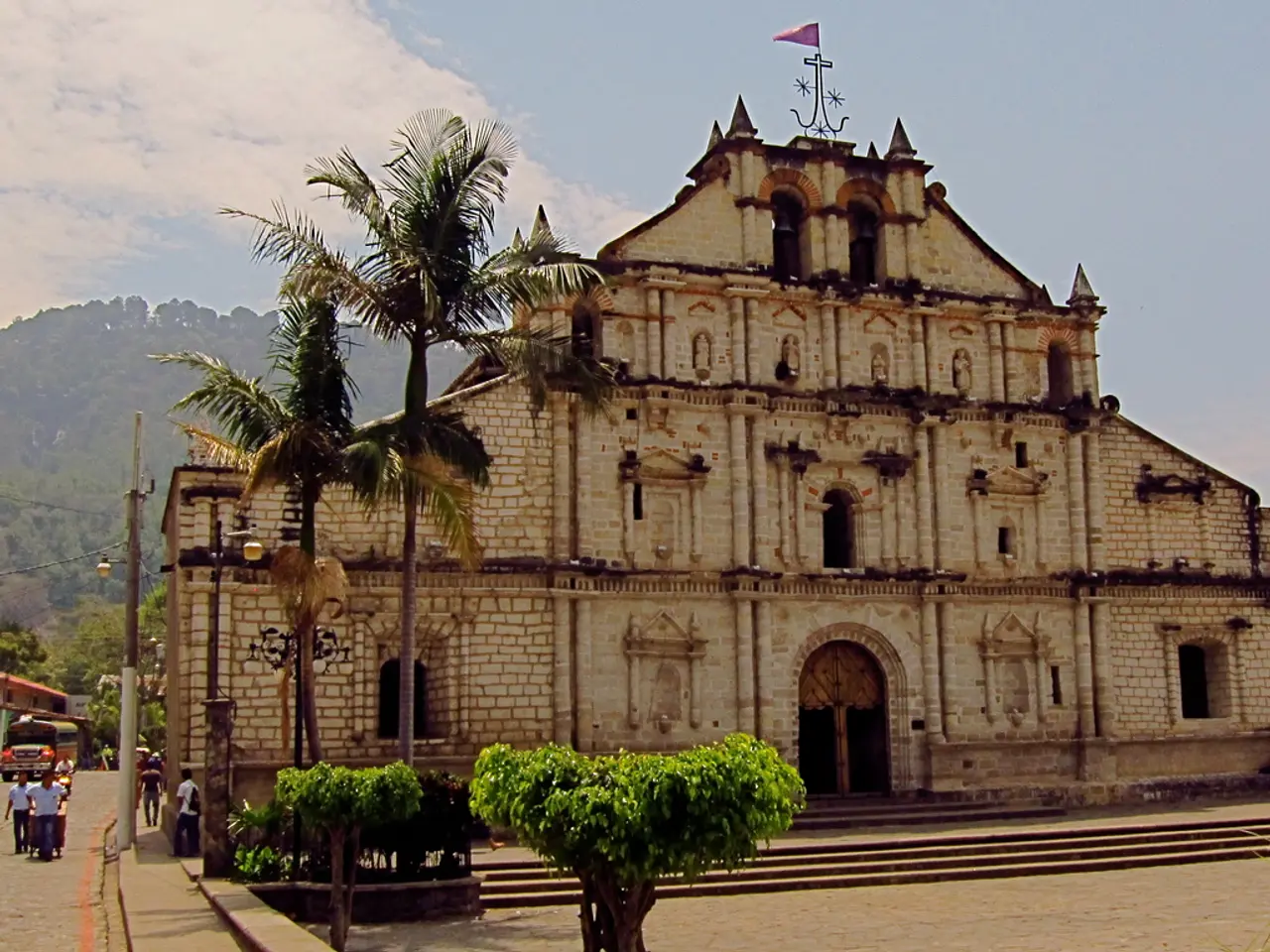Revisiting the Counterculture Roots of Laurel Canyon: Exploring Its History of Creativity, Camaraderie, and Unconventional Living, with Emphasis on Art, Friendship, Sexual liberation, and Drug use
=========================================================================================
Nestled in the Hollywood Hills, Laurel Canyon emerged as a vibrant hub for the counterculture music scene of the 1960s and 1970s. Its unique atmosphere, scenic beauty, and bohemian legacy attracted musicians and unconventional people, fostering a creative and experimental environment.
Pre-existing bohemian roots set the stage for the arrival of counterculture artists, with Laurel Canyon already being a haven for Beatnik figures before the 1960s. The scenic, somewhat remote canyon provided privacy and inspiration, creating a community of musicians who lived, collaborated, and socialized closely.
The area developed a reputation as the epicenter of the "craziest" and most creative people, attracting artists who wanted to be part of a transformative movement. Joni Mitchell, a prominent artist of the time, described the social hierarchy of California’s counterculture hotspots, illustrating the area's otherworldly spirit.
Musicians from various genres and bands mingled, sharing ideas and influencing one another's work, which catalysed many iconic sounds associated with the late 60s and early 70s. The Troubadour, a venue in Laurel Canyon, was a central location for the countercultural scene.
Laurel Canyon was home to some of the most prominent musical artists of the era, including David Crosby, Stephen Stills, Graham Nash, Joni Mitchell, and Brian Wilson. The community formed in Laurel Canyon was highly collaborative and encouraging, but relationships and romances often led to its deterioration.
The summer of 1969 brought a shocking blow to the hippie movement with the brutal murders committed by Charles Manson and his cult, the Manson Family. This tragic event cast a shadow over the peaceful message of the counterculture movement.
Despite this, Laurel Canyon continued to thrive as a centre for artistic freedom. However, some theories suggest that elements within the government may have exploited or guided the scene to channel dissent into less threatening outlets. This remains speculative and is not part of the mainstream understanding of the community’s cultural significance.
In summary, Laurel Canyon became a counterculture music hub because it offered a unique, inspiring, and welcoming environment for musicians and free thinkers during the turbulent 1960s and 1970s, fueled by its natural setting, existing bohemian culture, and intense artistic community. The Laurel Canyon countercultural scene was characterised by big personalities, creativity, friendship, sunshine, sex, drugs, and music, providing a necessary escape from the Hollywood noise.
- The cultural significance of Laurel Canyon extends beyond its role as a counterculture music hub, as it also sparked trends in fashion-and-beauty andpop-culture, reflecting the unconventional lifestyle and spirit of the era.
- The creative drive and shared ideals of Laurel Canyon's residents extended to other aspects of their lives, impacting entertainment with innovative and thought-provoking ideas, including the emergence of sci-fi-and-fantasy in various forms.
- The counterculture movement in Laurel Canyon didn't just shape music, but it contributed to a deeper understanding of the history and culture of the times, influencing future generations and becoming an essential part of America's pop-culture legacy.
- The legacy of Laurel Canyon continues to reverberate today, with its spirit living on in the hearts of musicians, artists, and free-thinkers who remain inspired by the canyon's vibrant and transformative story.





